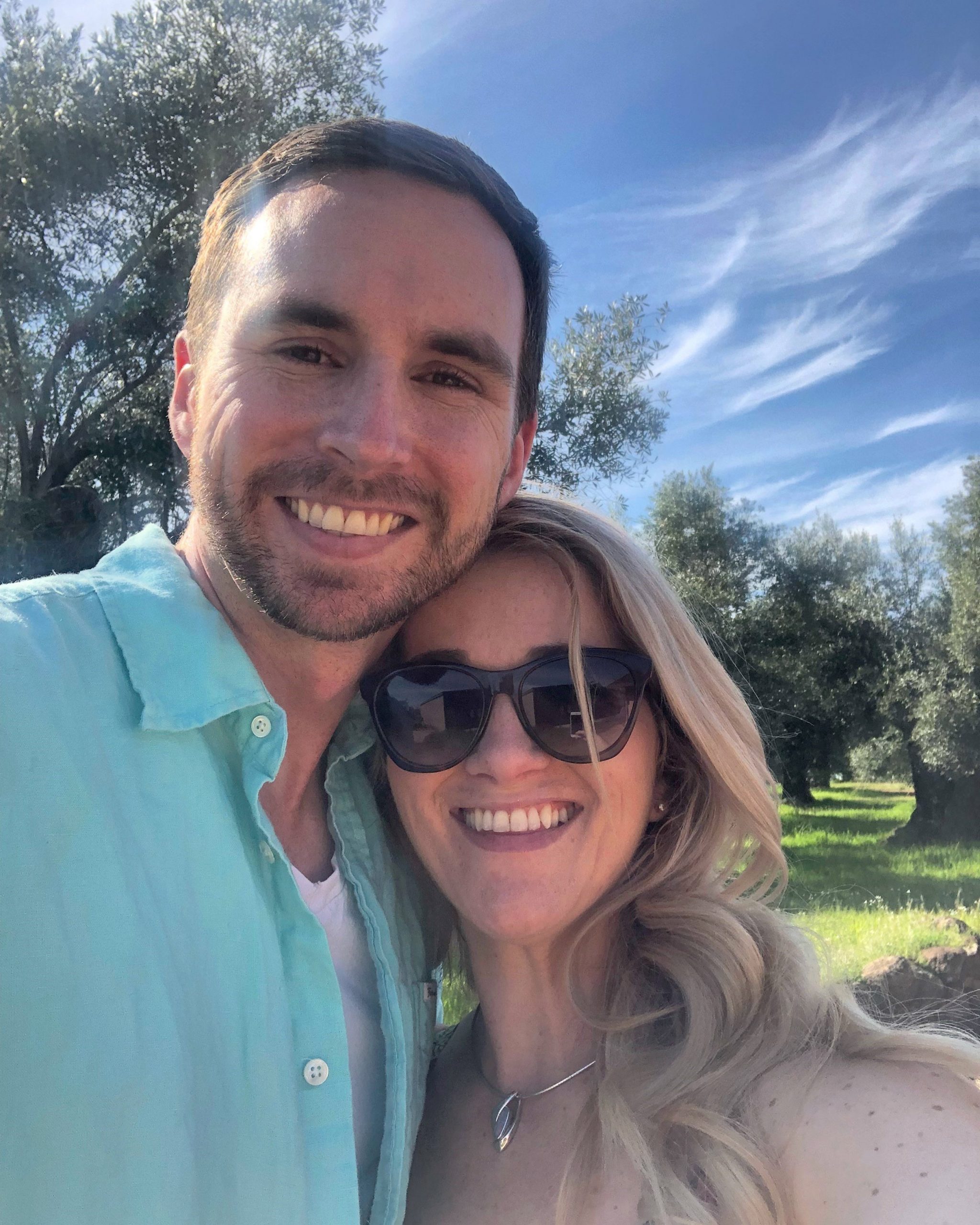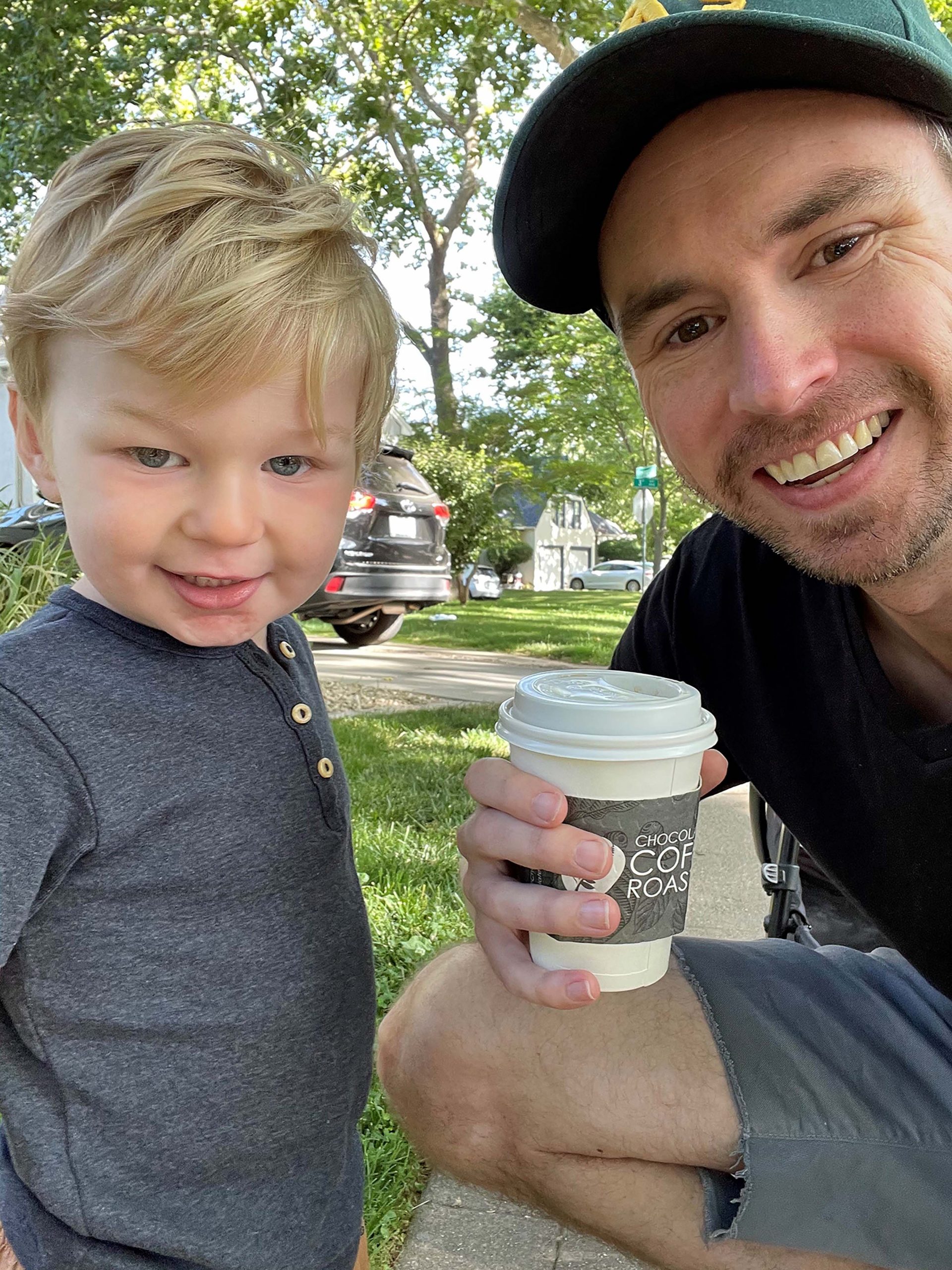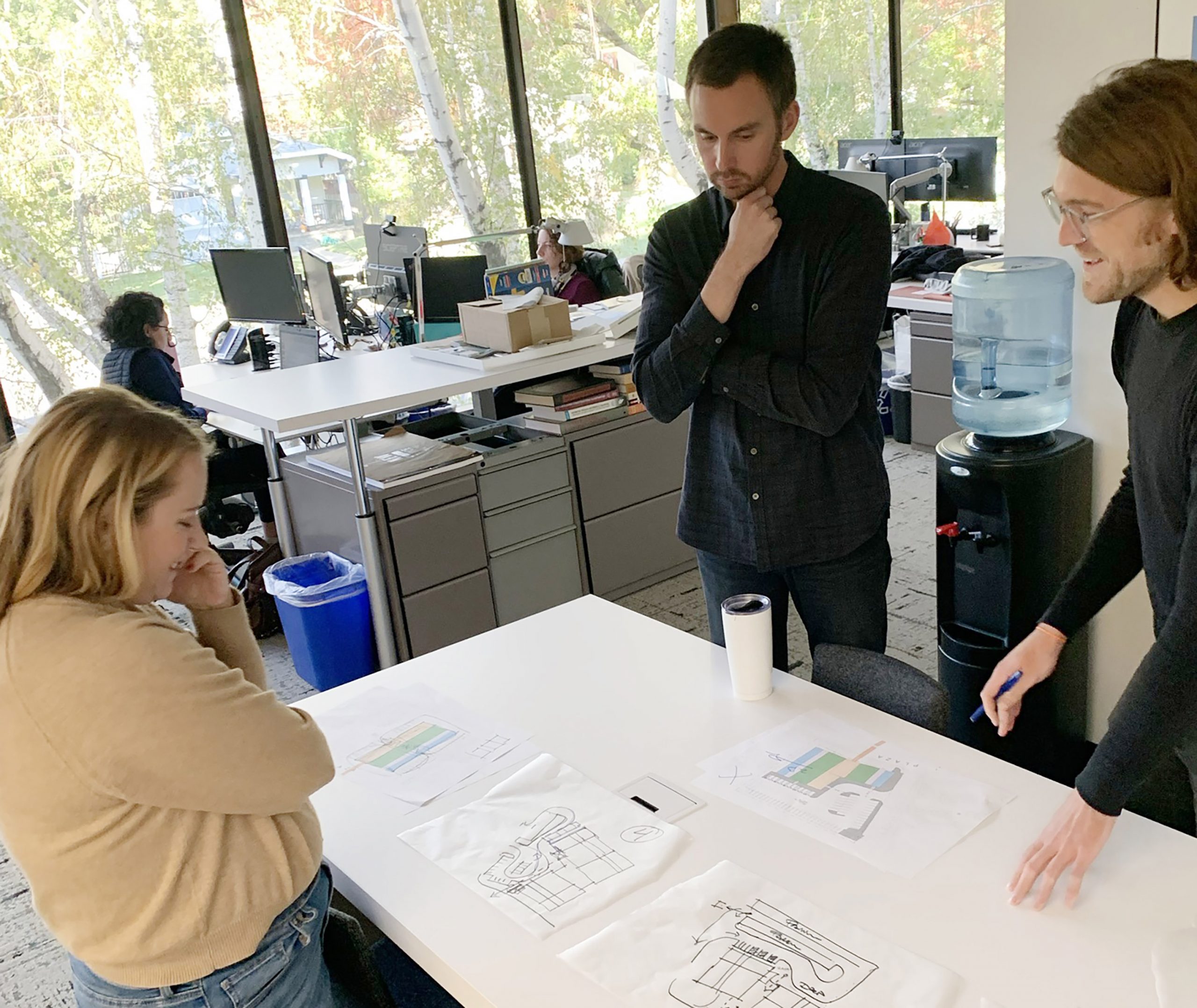5 Questions with Tony
Brian Lefholz
March 1, 2022

Tony and his wife, Luci, enjoy spending summers outdoors, and they always try to incorporate at least one trip to the Eastern Sierras and Yosemite where they enjoy hiking, kayaking, and the escape it offers from city life.
Tony Amato joined Dreyfuss + Blackford three years ago and immediately hit the ground running on one of our largest projects to date, the Richards Boulevard Office Complex. He has a passion for good design, and specifically integrated design, and when that is coupled with his technical abilities and project management skills, one might say it’s the perfect blend (that’s a coffee pun that will make sense later). Tony also has a deep passion for sustainability and environmental design, specifically related to building performance and energy use. He’s currently leading our sustainability efforts to elevate our collective knowledge and enhance our design processes to ensure that our projects are targeting the highest sustainability standards possible.
1. What skill do you think everyone should learn?
How to listen. I feel as though a lot to time people have their responses ready before the other person finishes a sentence. It’s important for me to make sure that people are allowed to have their voices heard and given a chance to express their thoughts and ideas. One movie that comes to mind is Lost in Translation because it speaks to not only shared connections between different types of people but also the difficulties with being heard and understood by your own social group and surroundings. I don’t know that I will ever completely understand the movie…but the key is understanding that conversation is a relationship of equal weights.
2. What’s the best advice you can give to someone who just started their career?
When I decided to go to architecture school, I really had no idea what architecture was about. I thought everyone got a chance to design their own buildings on their own or with their close friends and then magically the building was built. I thought the appealing and interesting part was coming up with the initial designs on my own. What I have realized is that architecture isn’t just about design, it is about discovering what architecture means to you and what you love about the profession. There are so many different pathways, so many different types of people who are part of the architecture and building profession. There is also such an amazing variety of people each with different skills from technical to management to design. The best part about architecture for me is being able to work with so many different people with different skillsets and perspectives. It is a profession that is less about how good you are as an individual and more about the strength of the team.
3. How do you prefer to start your day?
Coffee first, everything else comes after. When we were still dating, I used to tell my girlfriend, “We can’t talk in the morning before I’ve had some coffee.” Obviously, that didn’t go over well. Thankfully, she stayed and we are happily married. I have evolved and mellowed with age, and I am now able to hold small conversations before the morning cup.

Tony teaching his son, Conrad, the importance of morning walks which, of course, must include good coffee.
To say I’m particular about coffee would be an understatement. My favorite daily ritual is making coffee. My wife will tell you that I have the pre-coffee adrenaline rush. I get chatty and act weird. I admit it. There is something very comforting and reassuring with the precision and process of making coffee. There are rules of course. No coffee making from a machine is allowed. I prefer a French press in the morning, and pourover in the afternoon.
4. What’s one thing most people don’t know about you?
I can play almost any AC/DC song on the guitar. My dad loves classic rock and always played their music in the car when I was growing up. As any typical teenager, I revolted and only listened to hip hop. When I got to college, a lot of my roommates played guitar which is how I learned to play, and I soon learned the joys of playing all of the songs I previously ignored as a kid.
5. If you could have a beer with anyone, who would it be?
First, I can’t really drink beer… so I’d rather just get straight to the point with Scotch, specifically from the Highland or Speyside region of Scotland.
I’d like to chat with Elon Musk. Ego aside, he does inherently think different than most people, and he challenges everything… especially the accepted norms. I’d love to try and understand what makes him think how he does. I feel that in many ways how something becomes an innovation is more interesting than the innovation itself. And yes, I do enjoy driving his cars.
If I could go back in time, I’d probably pick Johnny Cash. I’d ask him how in the h*ll did he make it through all those experiences? He was a storyteller through his music, and I would imagine the real-life stories would be more incredible than any fiction. He always struck me as a microcosm of our society wrapped into one person. He was a fighter for social and economic injustices, famously playing to inmates at Folsom Prison. I’d love to hear from him how he finally broke through all those self-destructive tendencies.
6. What drives you at work? This is an extra question, just because its an important one.
Sustainability and climate action. I have long been a supporter of sustainability, but I feel that sustainability and environmentally responsible design can no longer be considered possible enhancements or additions to design. They are a necessity. We are taught in architecture school to consider basic environmental factors into our design. This includes climate, site orientation, shading, natural ventilation, thermal mass, prevailing winds, as well as natural site element and view preservation. Each of these factors has an effect not only on the design of our buildings but the community around them.
Knowing that the building industry has a significant contribution to the emissions problem and global warming, architects and designers have a responsibility to advocate for change not just with the way buildings are designed, but also how they are built and operated. There are things that architects and designers can start doing immediately including leveraging early energy modeling tools to analyze a building’s performance and energy use, as well as researching ways to reduce embodied carbon and reliance on fossil fuels.
Architects in the past have been innovators and have challenged the norm when addressing political issues. Architects and designers have an opportunity to lead by example and have a positive impact on the environment.
